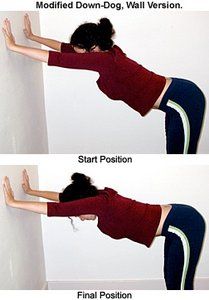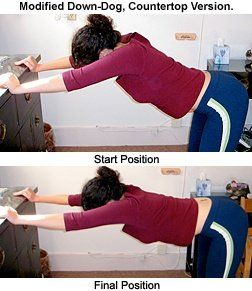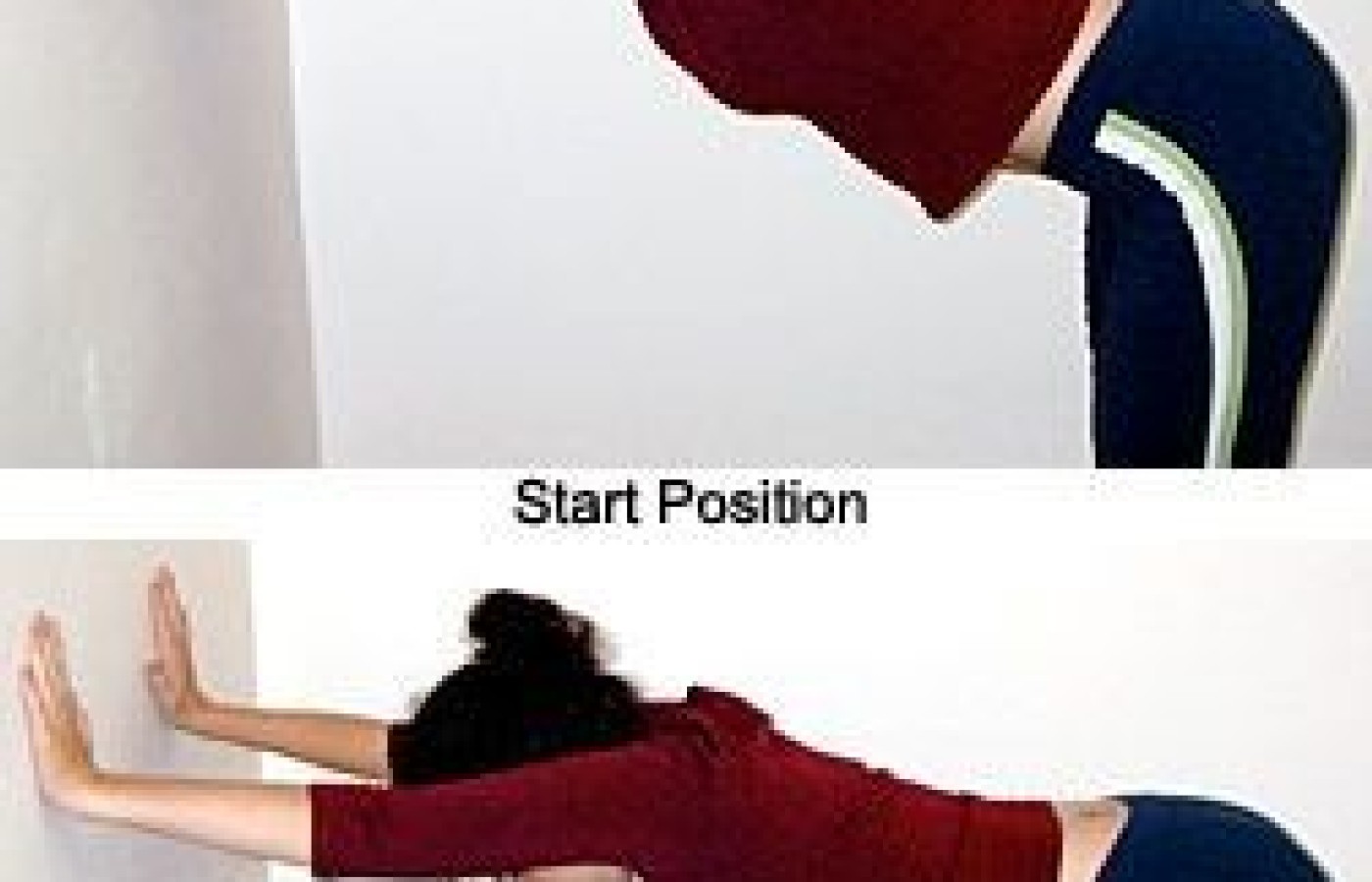Recent laws in New Jersey and California represent a disturbing trend that will negatively impact a practice’s ability to collect monies from patients, as well as expose them to significant penalties if the practice does not follow the mandatory guidelines to a T. Please be aware that a similar law may be coming to your state. The time to act is before the law is passed.
Decompression: Myths and Models
I've been using decompression as a spinal treatment during my entire 27-year career. My chiropractic tables, which have served me since I started practice, are two, original McMannis tables - the tables that inspired James Cox to develop his flexion-distraction protocol. I have watched the recent interest in auto-traction, although I will admit to skepticism about a one-size-fits-all solution. Auto-traction has some promising early studies, but may or may not stand the test of time and further research. I've referenced a couple of sites that have reviews of studies of traction at the end of this article.1
First, decompression implies compression, right? Is the lumbar spine compressed? Compression obviously occurs when one sits too long, and can be difficult to recover from with a compromised low back. Another source of compression is excessive long-muscle activity. Think of overactive erector spinae, the hamstrings or the TFL, especially when the smaller core muscles don't know how to work properly in postural activity. Another concept that is useful here is compression versus length. Look at a dancer or anyone with good posture. They hold themselves upright, in length, using the ground and their own musculature to lift upward. They are not resisting gravity; they are utilizing gravity with elegance.
I have had a fascination with long-axis decompression as a direction of adjustment for some time. Most of us tend to focus on rotation, side-bending and flexion-extension, rather than the long axis. I use pressure in the interspinous space, or over the lumbar spinous processes, as indicators of compression, and for the need for a decompression or long axis correction, whether with an adjustment or an exercise. This palpation model is based on limited evidence,2,3 as well as years of experience with the use of this model.
During my years in practice, I have watched various decompression technologies become popular. Flexion-distraction using specially-designed tables (Dr. Cox now calls it Cox Technic) probably started the whole focus on decompression in our profession. Cox Technic has a good Web site and a focus on research, you can see it at [url=http://www.coxtechnic.com]http://www.coxtechnic.com[/url]. Motorized traction tables are another way to apply distraction.
Another tool, not as well-known, is the vertebral distraction pump. What I like about the VDP is its relatively low cost and its ease of use. My article on use of the VDP is at www.chiroweb.com/archives/21/21/09.html. Bruce Broughton, DC, the inventor of this tool, wrote a good article about using this form of distraction on disc herniations.4
I have a personal interest in decompression because I have two torn (internally disrupted) discs, at L4-5 and L5-S1. When I have a flare-up of my discogenic pain, I need decompression.
How often should decompression be applied? In my opinion, as often as needed. When my back is really off, I need decompression as often as twice an hour. On a good day, I should do it at least once daily. So, am I suggesting 365-1,000 adjustments a year? No; I am suggesting you teach your patients how to maintain length and how to decompress themselves with movement and exercise.

I shared several exercises for low back pain in a previous article.5 One particular exercise, the spine-length squat, is a good decompression exercise. Unfortunately, it's a bit cumbersome and hard to learn, and it requires decent quadriceps strength to use. In this article, I feature another exercise: a modified down-dog (from yoga), pictured at right. I like it because it is easy to use in life, at home and in the work environment. You just need a wall and a desk or counter as aides.
A decompression exercises has several features. It allows the patient to lengthen and stretch their sacrum away from the rest of the spine, while simultaneously demanding they fire their core and maintain lumbar neutral. Sounds like a lot is going on at the same time - yes, there is. You, the doctor/teacher, have to be motivated. The patient has to be motivated, which your enthusiasm can help. Patients in pain also have to get through the fear that can block them from moving forward, both figuratively and literally.

The second exercise pictured, modified down-dog, counter version, is quite similar, except that you are using a countertop to rest your hands on. This may be a little scary at first, as you are lower and more bent forward; keep the knees bent to keep the spine in neutral. Another variation on this one is to grab the back of the countertop or railing, giving you something to pull against to emphasize the traction. I've placed a pdf of this exercise, for use as a handout, on my Web page; see www.marchellerdc.com/rehab_exercise.htm.
I have found an excellent way to motivate the patient to use this exercise. When I find a patient with midline tenderness in the lower lumbar spine, I have them get up off the table and come over to the wall. I'll have them do this exercise for 20 seconds, coaching them to do it right. They then lie down again and I repalpate for the midline tenderness. It's almost always somewhat better, often dramatically so. The patient now knows they can help themselves when they get compressed. You can use the same principle to test another exercise, such as Mackenzie extension, for its immediate effect on the compression pattern.
References
- www.cochrane.org/reviews/en/ab003010.html and www.lni.wa.govclaimsins/files/omd/vaxdta.pdf.
- Yrjama M, Tervonen O, Kurunlahti M, Vanharanta H. Bony vibration stimulation test combined with magnetic resonance imaging. Can discography be replaced? Spine 1997;22(7):808-13.
- Vanharanta H, Ohnmeiss D, Aprill C. Vibration pain provocation can improve the specificity of MRI in the diagnosis of symptomatic lumbar disc rupture. Clin J Pain 1998;14:239-247.
- Broughton, Bruce, Treatment of disc herniations with the distraction pump. Chiropractic Technique, May 1999;11(2).
- Heller M. "Pain-Relief Exercise: The Lower Back." Dynamic Chiropractic, Nov. 7, 2005. www.chiroweb.com/archives/23/23/11.html.



